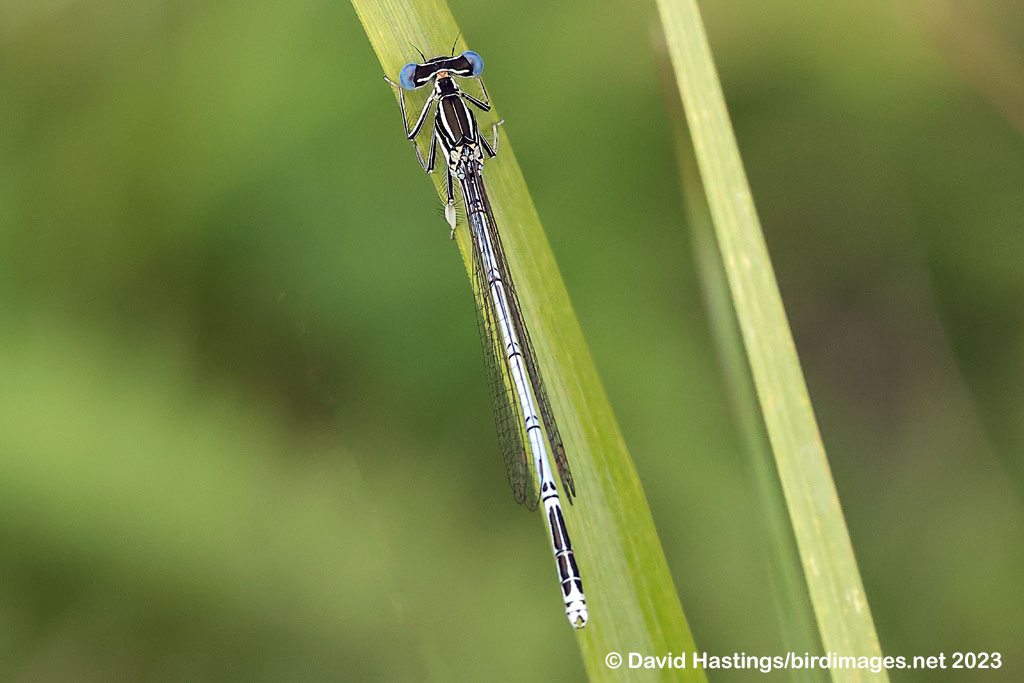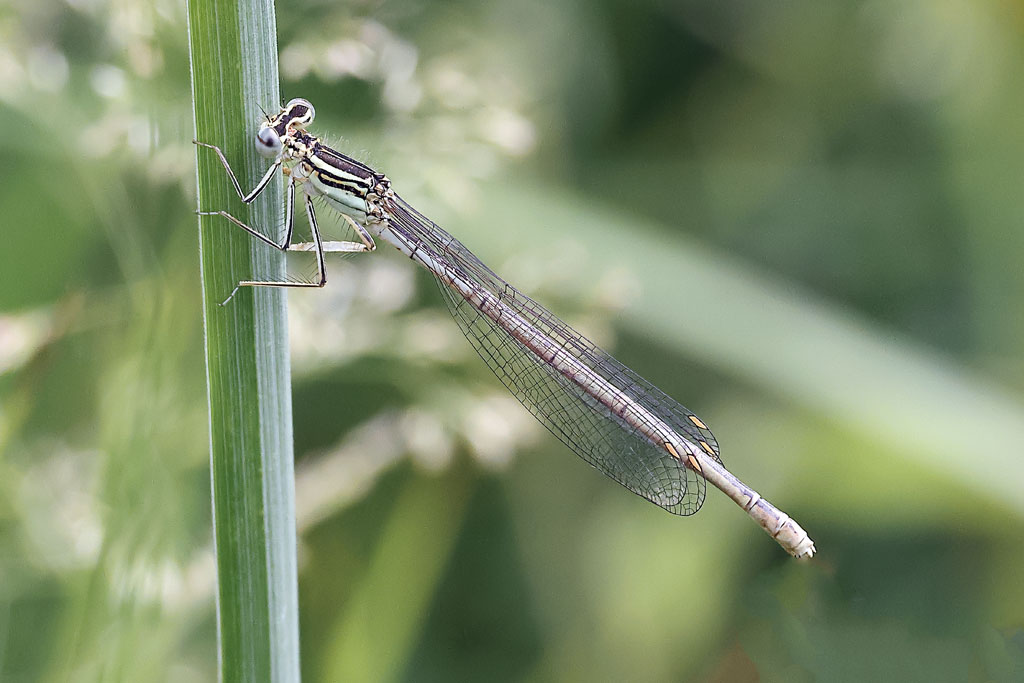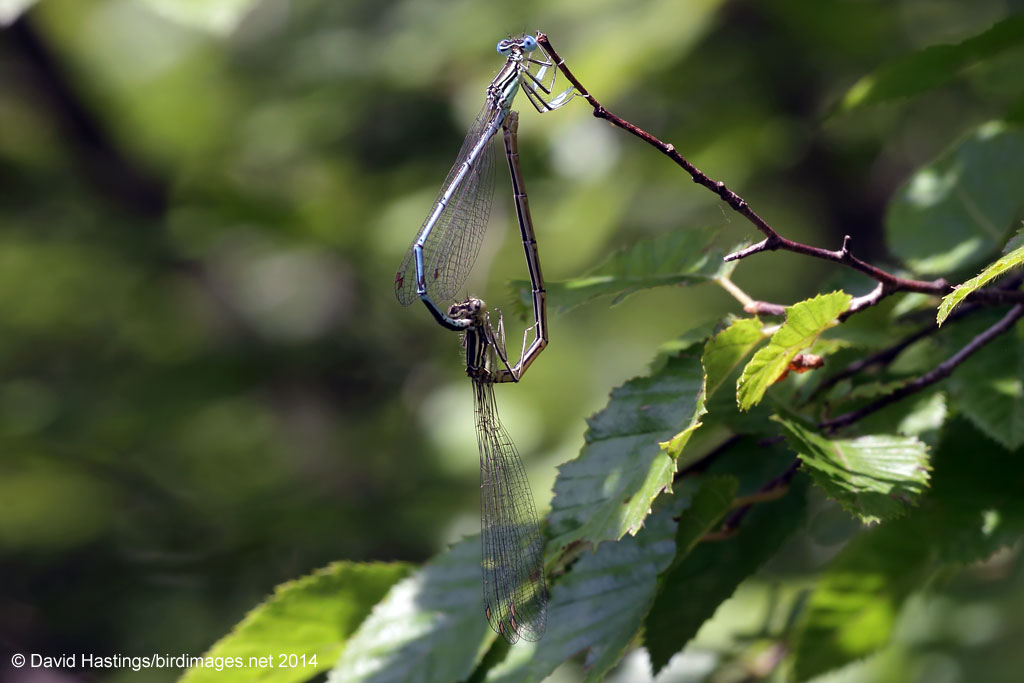Blue Featherleg (Platycnemis pennipes) | Species | ||||||||||||||||||||||||||||||||||||||||||||||||||||||||||||||||||||||||||||||||||||||||||||||||||||
Male. Taken at Whitecross Green Wood, Oxon., on July 25th 2023. (1/640th sec at f13. Click image for larger version. © David Hastings) Male. Taken at Whitecross Green Wood, Oxon., on July 25th 2023. (1/1000th sec at f13. Click image for larger version. © David Hastings) Female. Taken at Whitecross Green Wood, Oxon., on June 10th 2021. (1/500th sec at f11. Click image for larger version. © David Hastings) Female. Taken at Whitecross Green Wood, Oxon., on June 26th 2023. (1/640th sec at f13. Click image for larger version. © David Hastings) Pair in cop. Taken at Byal gradets, Bulgaria, on June 21st 2014. (1/250th sec at f13. Click image for larger version. © David Hastings) DescriptionWing span: 38 - 46 mm; body length: 35 - 37 mm Also known as the White-legged Damselfly. Males are the only Platycnemis that become all-blue, but appear paler than other blue damsels due to less black and a lighter blue colour. The male has no tail light, but S7-10 are separated by a pale central line, thus appearing paired. This species is found widely in Europe, and is the only member of the genus found in Britain, where it is restricted to southern England. It favours unshaded, slow-flowing muddy rivers with abundant emergent and floating vegetation. The larvae appear to be able to tolerate brackish conditions. Eggs are laid while in tandem into stems of emergent plants and the underside of floating leaves. The larvae take two years to mature. The flight period is from May to September, with a peak in June and July. After emerging, adults tend to congregate in the shelter of tall vegetation. Individuals can sometimes be found well away from water. A locally common species. Sightings
| |||||||||||||||||||||||||||||||||||||||||||||||||||||||||||||||||||||||||||||||||||||||||||||||||||||





